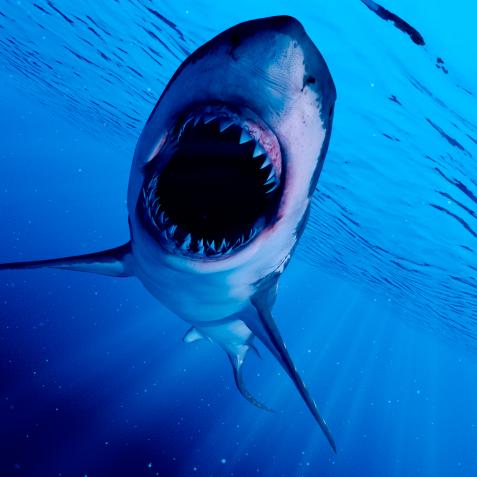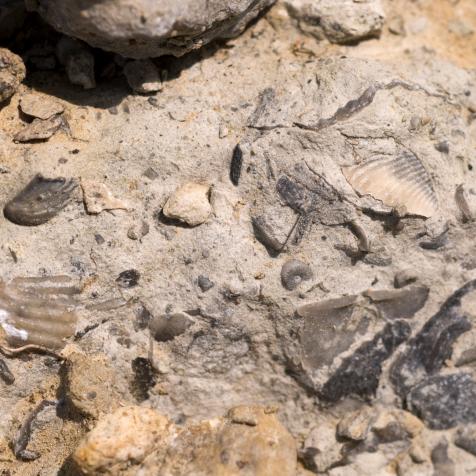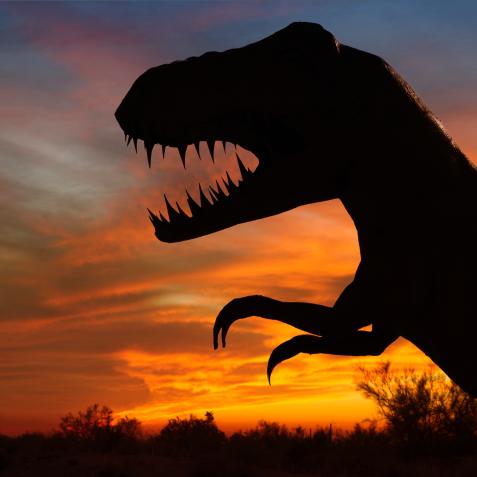
A Bear’s World: Behind-The-Scenes Of Man Vs Bear
All bear participants are free range captive bears who would die if returned to the wild. Their caretakers are responsible for exercising them as part of a daily routine to ensure their health. Competitions have been designed around the bear’s natural instincts and actions. No bear is ever forced to compete.
Bart, Tank and Honey Bump are all free-range captive bears who’ve lived there entire lives with humans. Bart and Honey Bump were rescued from the Alaskan wilderness as tiny cubs after their mother was killed by poachers, and Tank was born into captivity. Because of their human upbringing, they rely on the exercises and routines of their caretakers to remain happy and healthy at the Wasatch Rocky Mountain Wildlife Ranch.
The competitions for Man Vs Bear were designed around the exercise routines they regularly follow – a combination of encouraging natural Grizzly instincts and actions. They were never given action that they could not accomplish easily and safely. The bears were never forced to compete, and they were rewarded handsomely with their favorite treats before, during and after every event.
Quiz: Which Man Vs Bear Grizzly Are You?
Grizzly Mountain is home to three of the strongest, fastest, and smartest bears: Bart, Honey Bump and Tank. Each bear has their own unique strength against each human challenger. Find out which bear you’d stack up against in the Man Vs Bear challenge.
Bart, Tank and Honey Bump called all the shots. They were allowed to return to their shaded and covered holding areas if they did not want to perform an action. They all received 45-minute breaks in between challenges and rotated so they would not work in consecutive challenges. During breaks, they rolled around on the grass and dug holes in their holding areas. We didn’t let the bears break a sweat – they only worked early mornings and wrapped by noon to avoid heat. The ground and air temperatures were monitored with a temperature gun to evaluate the temperature of the ground.
Bart, Tank and Honey Bump were rewarded with specially prepared and favorite foods, vegetables, fruit, salmon, steaks, meatballs, and whipped cream along with verbal praise. The bears were brushed daily, and fire hydrants with clear clean water were brought to each course to give them showers (which they enjoy, and helps them cooldown). Ice was also provided as well as huge fans to keep them cool on set. Along with the showers, water was provided and accessible at all times to keep the bears hydrated.
The bears holding area was close to set and provided a safe environment for bears to rest and engage in normal behavioral activities. Since Star Trailers aren’t really the bears preferred comfort zone, they had shaded and covered holding areas where they were free to walk, and all-access grass, where they enjoyed smelling, walking, digging, playing and rest.
Meet The Bears 3 Photos
Get to know the cute, fury, and fierce bears – Bart (the largest), Honey Bump (the fastest), and Tank (the smartest) – of Man Vs Bear.
A Movie Animals Protected (MAP) representative was present on location throughout the entire filming of Man Vs Bear, to ensure that Bart, Tank, and Honey remained safe and well-cared-for. They observed every interaction from start to end.
Before the show, the bears gained trust and comfort on the set through positive reinforcement, giving the bears control in their environment, and basic training principles of trainers subtly adjusting their body language in response to the bears' body language. The affection and trust between trainers and bears was clear, and the bears were not fearful or aggressive in response to humans.
It was important to make sure that the bears were physically and mentally sound to compete against their human challengers. Bart, Tank and Honey Bump had their own personal veterinarian on site, and a Division of Wildlife Resource Officer to advocate for their protection and the protection of any other resident wildlife on the set.
Emergency plans were put in place for the safety of bears and crew and wildlife. All crew were advised on how to behave to ensure they did not stress or startle the bears. Humans were not allowed to bring food or beverages to set, nor were they allowed to smoke, drink alcohol, or create any unusual smells. Sudden movements, running, making distracting sounds, operating vehicles or any unplanned stimuli were also banned for the human cast and crew. The set for Man Vs Bear was constructed with the safety of bears in mind, and all nonessential cast, crew, and guests (and even pets!) were removed from the filming location for safety. The production cast and crew were instructed not to call the bears, make noises or gestures to get looks or reactions from them.














.jpg.rend.hgtvcom.476.476.suffix/1571945046392.jpeg)




